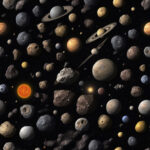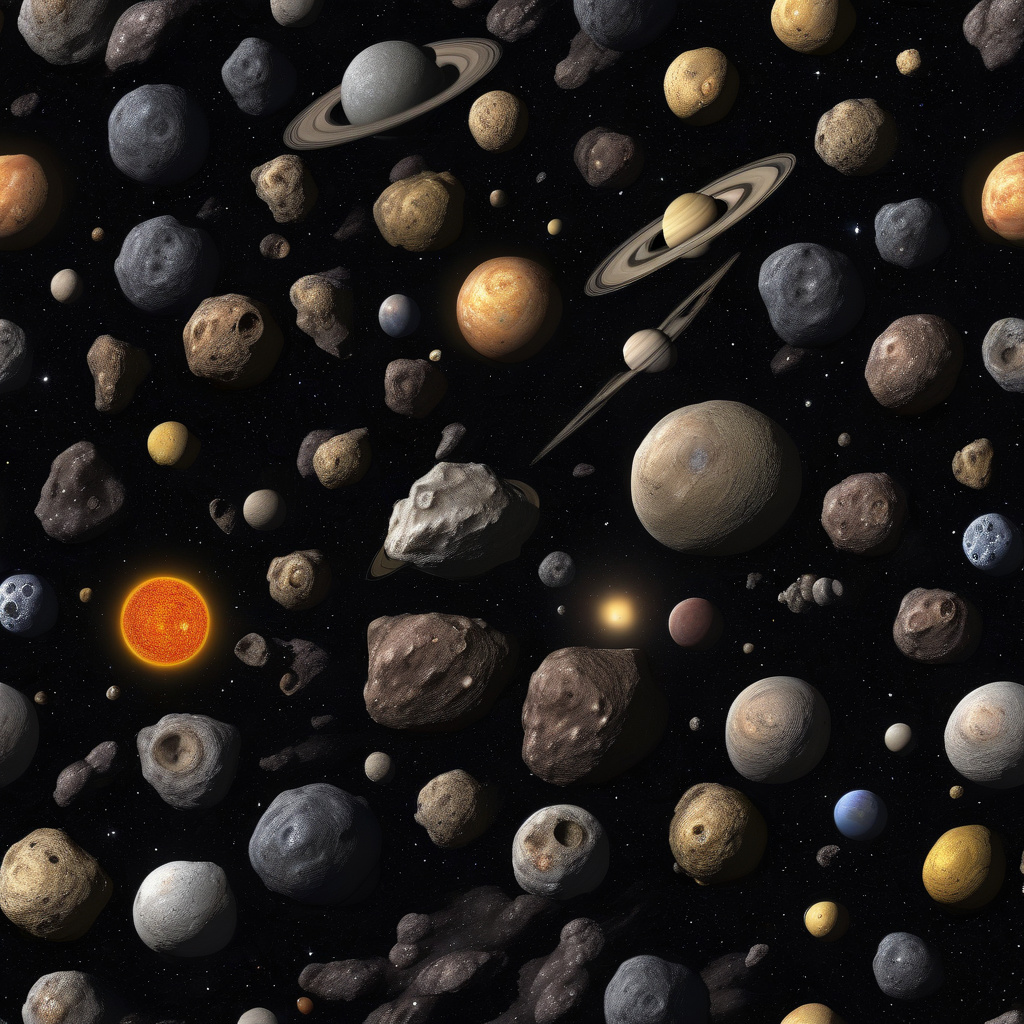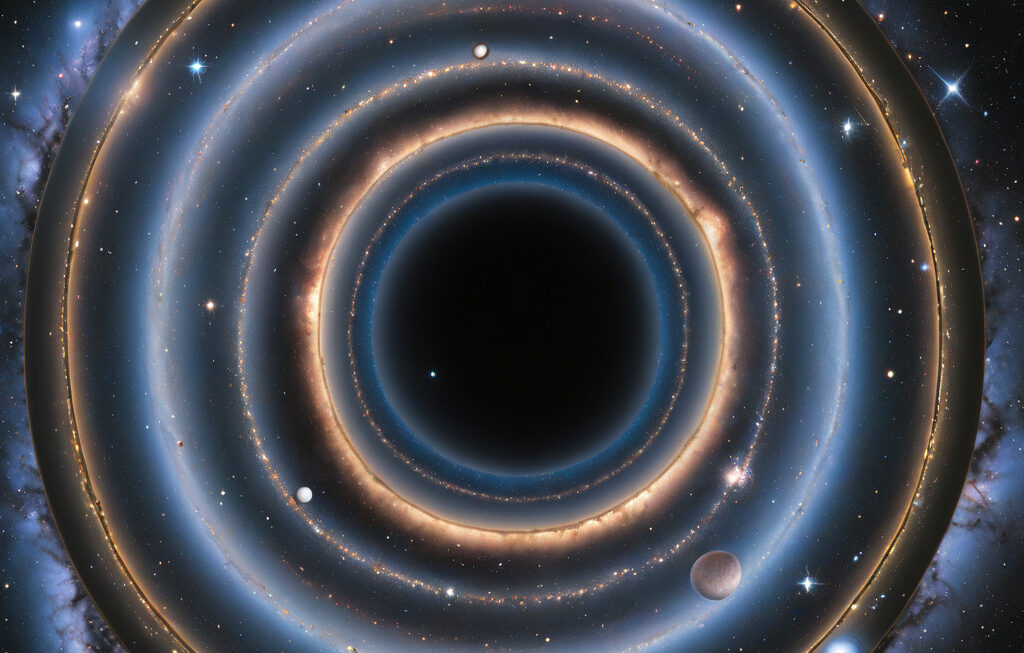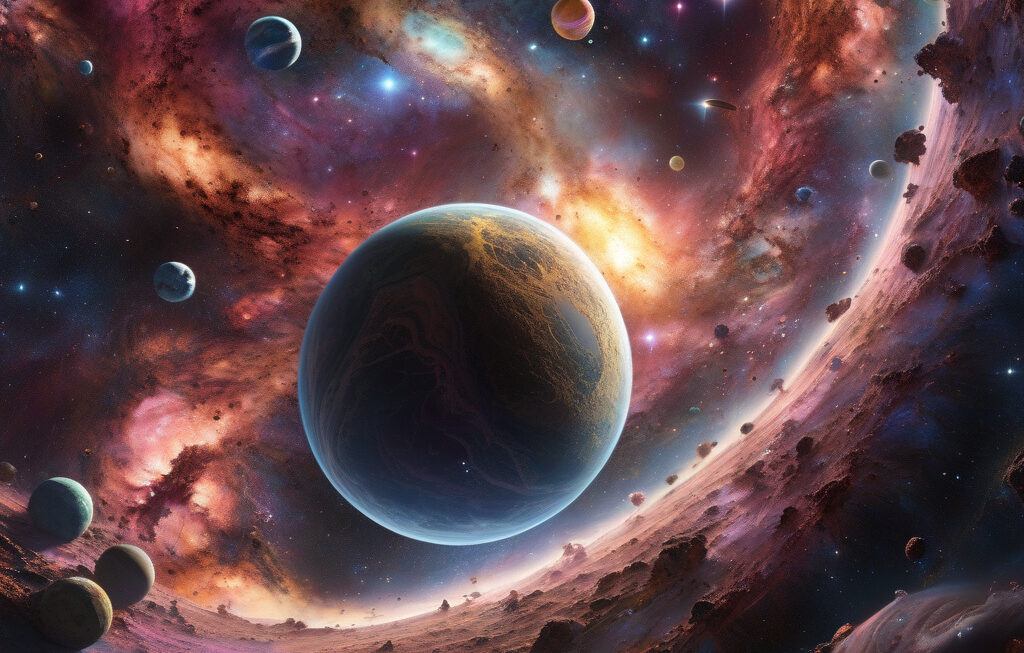The Solar System’s Asteroid Belt Slowly Disappearing, Houses Around 1.9 Million Space Rocks
Orbiting between Mars and Jupiter is an enormous ring of space rocks. The region, known as the asteroid belt, has long been a subject of fascination for astronomers and space enthusiasts alike. However, recent studies have revealed a surprising trend – the asteroid belt is slowly disappearing.
Comprising approximately 1.9 million space rocks, ranging in size from small pebbles to hundreds of kilometers in diameter, the asteroid belt has been a permanent fixture in our solar system for billions of years. These rocky remnants are believed to be leftover building blocks from the formation of the solar system.
But what is causing the asteroid belt to diminish? One of the primary reasons is the gravitational influence of Jupiter, the largest planet in our solar system. Jupiter’s immense gravity disrupts the orbits of asteroids, sending them hurtling towards the inner solar system where they either collide with planets or get ejected out into space.
Another factor contributing to the depletion of the asteroid belt is the Yarkovsky effect. This phenomenon occurs when sunlight absorbed by an asteroid is re-emitted as heat, causing a tiny but continuous thrust that can alter the asteroid’s trajectory over time. While the Yarkovsky effect is subtle, it can gradually change the orbits of asteroids, leading to their eventual disappearance from the asteroid belt.
The gradual depletion of the asteroid belt has raised questions about its future and the impact it may have on our solar system. Some scientists believe that the diminishing asteroid belt could result in fewer asteroid impacts on planets like Earth, reducing the risk of catastrophic events. However, others caution that the loss of these space rocks could have unforeseen consequences on the delicate balance of the solar system.
Despite the concerns surrounding the disappearance of the asteroid belt, this phenomenon also presents a unique opportunity for researchers. By studying the changing dynamics of the asteroid belt, scientists can gain valuable insights into the evolution of our solar system and the processes that shape planetary systems.
As we continue to unravel the mysteries of the asteroid belt and its gradual disappearance, one thing remains certain – the dynamic nature of our solar system never ceases to amaze us. From the relentless pull of Jupiter’s gravity to the subtle forces of the Yarkovsky effect, the asteroid belt serves as a reminder of the ever-changing landscape of our cosmic neighborhood.
In conclusion, the asteroid belt’s slow disappearance, housing around 1.9 million space rocks, is a fascinating phenomenon that highlights the complex interplay of celestial bodies in our solar system. While the reasons behind this depletion are still being studied, one thing is clear – the asteroid belt will continue to captivate and intrigue us for years to come.
asteroid belt, space rocks, solar system, Jupiter, Yarkovsky effect











